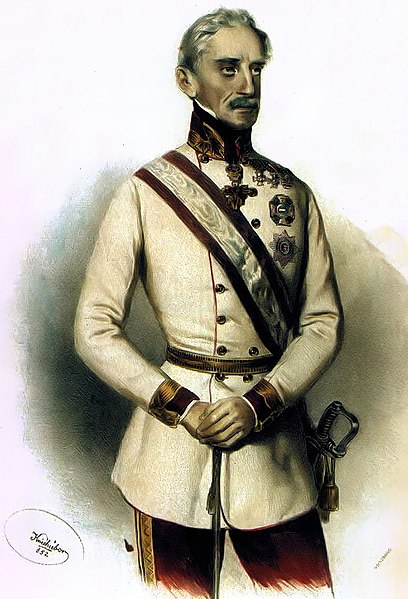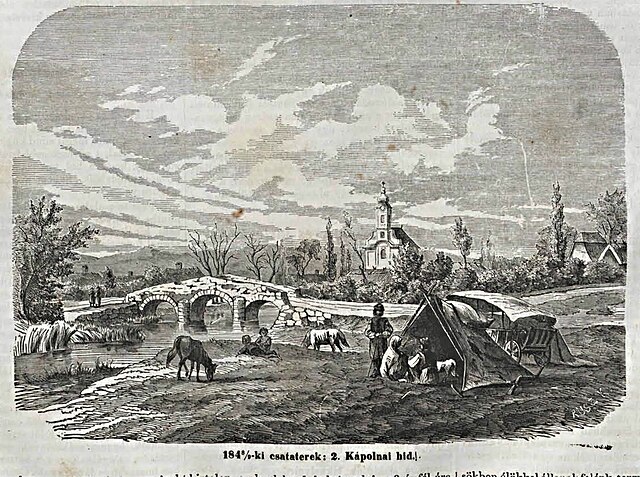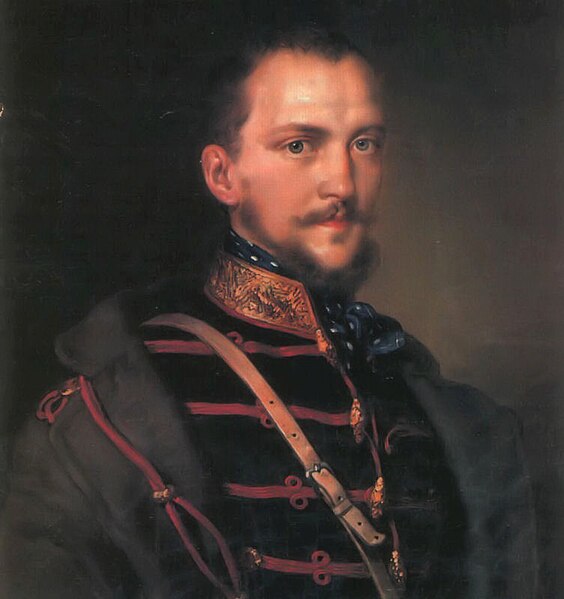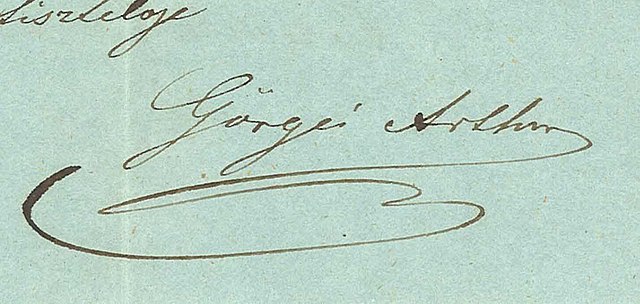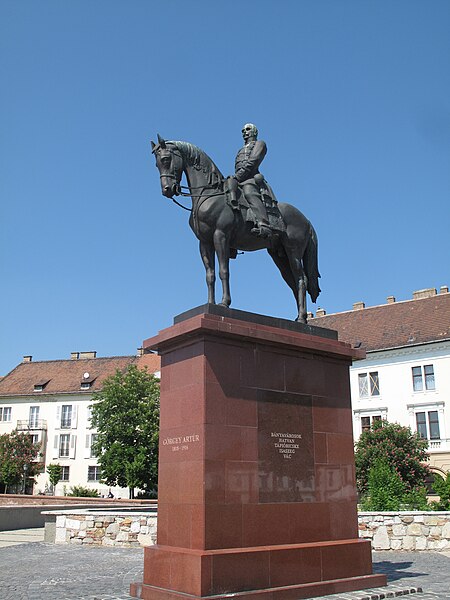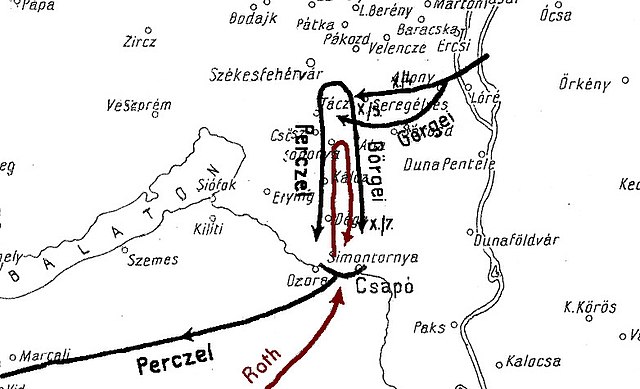The Battle of Kápolna was one of the decisive battles of the Hungarian war of Independence of 1848–1849, fought on 26 and 27 February 1849 between the Hungarian revolutionary army led by Lieutenant General Henryk Dembiński and the Austrian main army operating in Hungary Field Marshal Alfred I, Prince of Windisch-Grätz. After the Austrian offensive from the winter of 1848-1849, which resulted in losing the Western part of the country, the Hungarian army tried its first major counter-attack, but due to the disastrous leadership of the Polish Henryk Dembiński, the battle ended with an Austrian victory, and this did not influence only the military situation, but also the politics of central Europe: Franz Joseph I announced the March Constitution of Austria on 4 March 1849.
Painting of The Battle of Kápolna by Mór Than
Alfred I, Prince of Windisch-Grätz, leader of the Austrian army. During the Winter Campaign, Joseph Kriehuber's litrograph (1852)
Battlefield of Kápolna. The bridge at Kápolna
A lithograph of Ernő Poeltenberg by Elek Szamossy
Artúr Görgei de Görgő et Toporc was a Hungarian military leader renowned for being one of the greatest generals of the Hungarian Revolutionary Army.
Artúr Görgei, painting by Miklós Barabás
Artúr Görgei's signature
Equestrian statue of Artúr Görgei
The Ozora-campaign of Artúr Görgei and Mór Perczel, which resulted in forcing the troops of Karl Roth to surrender – Red: Croatian troops, – Black: Hungarian troops


